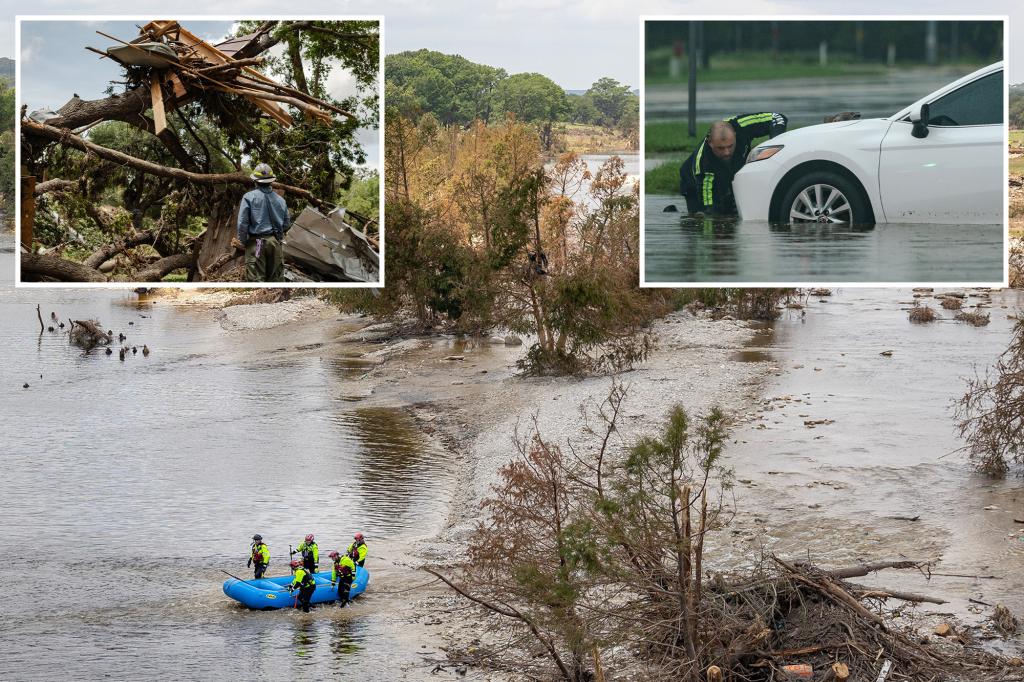Unveiling the Heat: The Impact of Diminishing Cloud Cover on Our Climate
Recent scientific studies have highlighted an alarming trend that could significantly alter the trajectory of global climate change: a reduction in cloud cover. This seemingly subtle shift in atmospheric conditions is playing a larger role in the acceleration of temperature rises, contributing to an intensifying climate crisis. The decrease in cloud cover is not only linked to higher global temperatures but also influences weather patterns, ecological systems, and human societies. In this article, we will explore what diminishing cloud cover means for our climate, the underlying causes behind this change, and its far-reaching implications on the environment.
Understanding Cloud Cover and Its Role in Climate Regulation
Clouds are integral to Earth’s climate system, serving as a natural thermostat that regulates temperatures and stabilizes weather patterns. Clouds have two primary roles in climate regulation:
- Reflection of Solar Radiation: Clouds reflect a portion of the Sun’s energy back into space, reducing the amount of heat that reaches Earth’s surface. This helps maintain a balance in the planet’s temperature.
- Thermal Insulation: Clouds trap outgoing infrared radiation from the Earth, effectively keeping the planet warm at night. This natural greenhouse effect helps to prevent drastic temperature fluctuations between day and night.
The delicate balance between these two effects—cooling via reflection and warming through insulation—ensures that cloud cover plays a central role in maintaining the Earth’s climate equilibrium. Any significant alteration in cloud cover can disturb this balance, leading to observable changes in global temperatures and weather patterns.
The Decline in Cloud Cover: Key Drivers and Mechanisms
Recent research has uncovered an unsettling pattern: cloud cover has been steadily diminishing, particularly in tropical regions. Several factors contribute to this decline, including human-induced climate change, alterations in atmospheric circulation, and natural climatic fluctuations. Below are some of the key drivers:
1. Global Warming and the Water Cycle
As global temperatures rise due to increasing greenhouse gas emissions, the water cycle becomes more intense. Warmer temperatures cause increased evaporation rates, which, paradoxically, reduce cloud formation in certain regions. While more moisture is evaporating into the atmosphere, the warming air can hold more moisture, leading to fewer clouds forming, especially in the mid-to-upper levels of the atmosphere. This results in a feedback loop where less cloud cover amplifies warming, which in turn leads to even fewer clouds.
2. Aerosols and Pollution
Aerosols, tiny particles suspended in the atmosphere, can influence cloud formation by serving as nuclei around which water vapor condenses. However, human activities such as industrial emissions and deforestation have altered the concentration of aerosols in the atmosphere. In some cases, this leads to a reduction in the formation of clouds, particularly in regions where pollution is high. As clouds become less frequent, more sunlight is absorbed by Earth’s surface, further increasing temperatures.
3. Changes in Oceanic and Atmospheric Circulation
Recent studies suggest that changes in large-scale oceanic circulation patterns, such as the El Niño-Southern Oscillation (ENSO), may also contribute to diminishing cloud cover. ENSO events, which influence weather patterns globally, are known to impact cloud formation. During certain phases of the ENSO cycle, the atmosphere becomes more stable, which reduces cloud formation in tropical regions. Additionally, shifting wind patterns and changes in sea surface temperatures alter cloud behavior, contributing to the overall reduction in cloud cover.
Implications of Diminishing Cloud Cover for Global Climate
The reduction in cloud cover has profound implications for the global climate system, with far-reaching consequences for ecosystems, human populations, and weather patterns. Below are some of the most significant impacts:
1. Accelerated Global Warming
The most immediate consequence of diminished cloud cover is the exacerbation of global warming. As clouds reflect less solar radiation back into space, more heat is absorbed by Earth’s surface, leading to an increase in average global temperatures. This feedback loop accelerates the warming process, making it harder to control climate change. Models suggest that the loss of just a small percentage of cloud cover can lead to significant temperature increases over a short period.
2. Altered Weather Patterns
Clouds play a crucial role in regulating weather systems, and their decline can lead to drastic changes in precipitation and storm patterns. For example:
- Increased Heatwaves: With fewer clouds to shield the Earth’s surface, regions may experience more frequent and severe heatwaves. These extreme heat events pose direct threats to human health, agriculture, and water resources.
- Shifting Rainfall Patterns: A reduction in cloud cover can alter regional rainfall patterns, potentially leading to droughts in some areas and more intense rainfall in others. This can disrupt agricultural productivity, exacerbate water scarcity, and increase the frequency of flooding events.
3. Rising Sea Levels
Rising temperatures, amplified by the lack of cloud cover, contribute to the melting of polar ice caps and glaciers. This leads to rising sea levels, which threaten coastal communities and ecosystems. Increased temperatures also cause thermal expansion of seawater, further exacerbating the rise in sea levels.
4. Disruption of Ecosystems
Ecological systems that rely on stable weather patterns and temperature ranges are also at risk. Many species depend on specific climate conditions to thrive, and the changes triggered by diminishing cloud cover can upset delicate ecosystems. For instance, coral reefs, which are already under stress due to ocean warming, may face even greater challenges as the surrounding atmosphere warms. Additionally, altered precipitation patterns can lead to shifts in vegetation zones, which may disrupt local biodiversity.
What Can Be Done? Addressing the Challenge of Diminishing Cloud Cover
While it is impossible to reverse the trends of diminishing cloud cover overnight, there are steps that can be taken to mitigate its effects and slow the process of climate change:
- Reduce Greenhouse Gas Emissions: The most effective way to slow global warming is to reduce emissions of carbon dioxide and other greenhouse gases. Transitioning to renewable energy sources, improving energy efficiency, and investing in green technologies can help curb the rise in global temperatures.
- Enhance Cloud-Climate Research: Scientists must continue to investigate the relationship between cloud cover and climate change. This includes developing more accurate climate models that account for the complex interactions between clouds and other atmospheric components.
- Promote Sustainable Land Use: Reducing deforestation and promoting sustainable agricultural practices can help minimize the impact of aerosols on cloud formation. Protecting forests and wetlands also contributes to the overall health of the Earth’s climate system.
By taking these actions, it may be possible to stabilize cloud cover and slow the progression of climate change, offering a more sustainable future for generations to come.
Conclusion
The decline in cloud cover is an issue that deserves urgent attention. While the reasons behind this phenomenon are multifaceted, its consequences for global temperatures and weather patterns are undeniable. If left unaddressed, the reduction in cloud cover could accelerate the already alarming pace of climate change, with wide-ranging implications for ecosystems, economies, and human populations. To ensure a stable climate for future generations, we must prioritize comprehensive climate policies and continued scientific research to better understand and mitigate the impacts of diminishing cloud cover.
For more information on how climate change is affecting weather patterns globally, visit United Nations Climate Change.
Stay updated on the latest climate research by reading articles from Climate.gov.
See more Your Daily Weather



